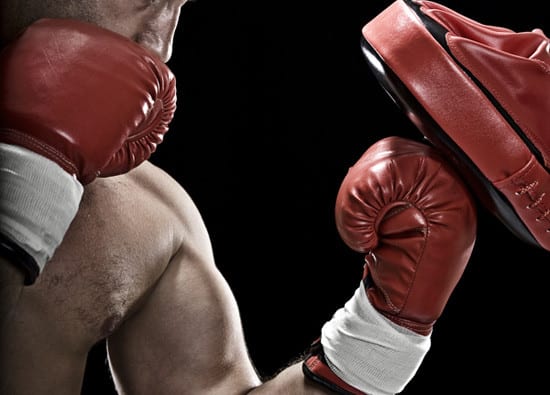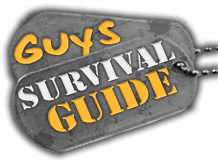 While there are an infinite number of ways you could propel your fist into an opponent, and thousands that have made their way into the repertoir of martial arts around the world, there are three primary ‘foundational’ punches that get used more than anything else…
While there are an infinite number of ways you could propel your fist into an opponent, and thousands that have made their way into the repertoir of martial arts around the world, there are three primary ‘foundational’ punches that get used more than anything else…
And considering mankind has had millions of years to bash each other’s heads in, it makes sense that
a) pretty much every method imaginable has been tested many times and
b) the most effective techniques have risen to the top (and the least effective techniques have died with their practitioners).
Boxing is an excellent sport to look at for punching because that is litterally all that it is comprised of. What works has been integrated, and what doesn’t work has fallen to the wayside.
In boxing, there are 4 primary punches: Jab, Cross, Uppercut and Hook. However, these 4 punches really fall into two categories:
The jab and the cross are both straight line punches. The jab is a straight line punch thrown by the lead hand and the cross is a straight line punch thrown by the rear hand.
The hook and the uppercut are distinguished in that they are arced punches. The hook travels in a horizontal arc, (like swinging a baseball bat) and the uppercut can be thought of as a hook turned on it’s side… it is thrown in an upward arc, like when you’re curling a dumbell.
The straight line punches derive their power from the person punching pushing off their rear leg forward into the target as they throw the punch. Thus the power of the punch comes not only from the small arm muscles but also from the large leg muscles and the weight of your entire body shifting forward into the target. The jab, being a smaller, faster punch involves less weight transference, and is more of a ‘light, rapid fire’ attack used to figure out someone’s timing and look for openings and test for their reactions. The cross is a bigger punch that involves a larger weight transference… It is thus more powerful, but also easier to perceive and evade.
The arced punches also get their power from the legs… The hook derives some of its power from the rotation of the upper torso, but also gets much of its power when you step sideways INTO the punch… again transferring your entire body weight into the target.
The uppercut also gets its power from this transference of body weight, but in this case, as the punch is moving UPward, your body weight also must move upward… So as you throw an uppercut, you are literally pushing up from the ground. Mike Tyson often left the ground entirely when throwing big uppercuts, literally jumping up into the opponents jaw with his powerful leg muscles.
Crosses, Hooks and Uppercuts are generally most effective when thrown in combination… While not impossible, it’s usually not best to initiate with these punches, as they’re easy to see, perceive and evade or counter… So in general (all else being equal) it’s best for you to initiate an attack with the jab, see what opening your opponent gives you and then capitalize on that opening with one of the other “power punches” when they are less able to perceive them.
It is generally true that it is the punch that you don’t see that knocks you out… which is why the uppercut is the knock-out punch of choice. It is very hard to perceive when thrown in close, as it is hidden by your chin and nose, travelling up your mid-line (or sagital plane). For this reason, the uppercut is the ‘lights out’ punch, especially when it is followed with a ‘finishing’ hook.

Another informative article. Much appreciated!
From a grappler learning the standup game I do say. I appreciate ya. Im gonna explore your whole site, thanks. 🙂
Awesome tips! Thanks heaps mate
You’re welcome, and thanks for the feedback!
great site, very informative
How is it I’ve never read anything like this before? Really good stuf.
Because it’s not PC to act like a man these days. God forbid. It’s important to learn self defense for anyone, men or women.